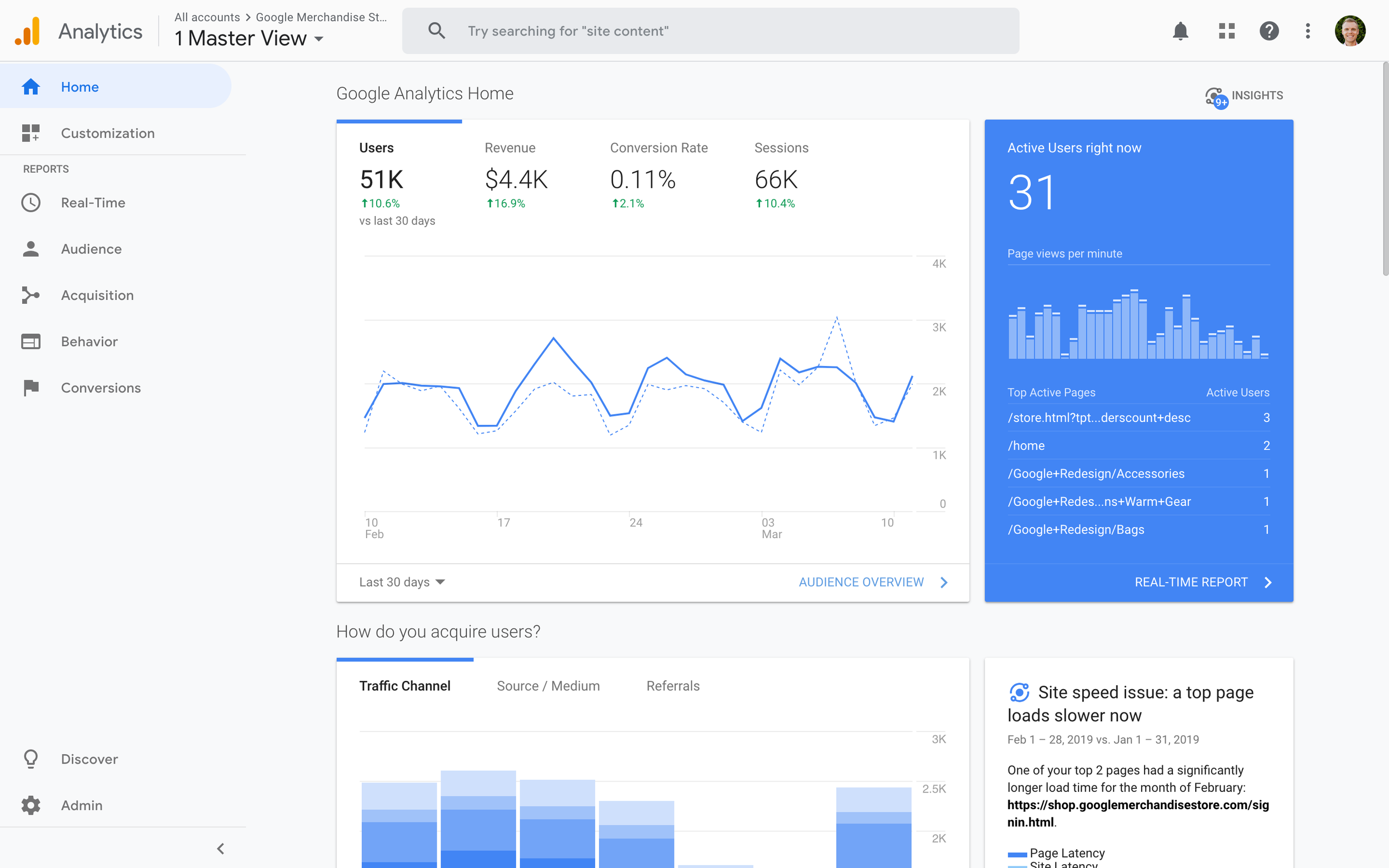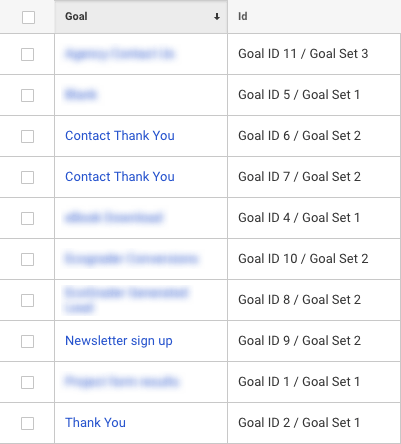What Data Is Google Analytics Goals Unable to Track and Why
Debunking Google Analytics Limitations: Uncover What Information Goals Can not Track
In the realm of digital analytics, Google Analytics stands as a powerful device that offers beneficial insights right into site efficiency and user actions. Nonetheless, among its capacities, there exist restrictions that usually go undetected. Comprehending what Google Analytics can not track is critical for a comprehensive understanding of data interpretation and decision-making procedures. From the complexities of user interaction with dynamic content to the intricacies of cross-device user trips, these restrictions clarified areas that may continue to be obscured from traditional analytics point of views. By untangling these restrictions, a more clear image arises, enabling more informed approaches and improved insights right into individual engagement and conversions.

Individual Communication With Dynamic Material
User interaction with vibrant material plays a critical duty in understanding customer habits on sites and maximizing the total user experience. Dynamic web content describes components on a web page that can alter without the demand for a complete web page reload. This includes interactive components such as pop-ups, sliders, kinds, and video clips that respond to customer activities in real-time. By tracking customer interactions with dynamic content, internet site owners can acquire valuable insights right into user involvement, preferences, and behaviors.
Google Analytics provides different devices to track user communications with vibrant web content, such as occasion tracking and virtual pageviews. Event tracking enables you to keep track of details customer actions, like clicking a button or seeing a video clip, providing data on just how individuals connect with vibrant elements. Digital pageviews can be used to track interactions that do not cause a brand-new web page tons, offering a comprehensive sight of customer interaction with dynamic content. By assessing this information, website proprietors can make informed decisions to improve individual experience and drive conversions.
Cross-Device Individual Journeys
How can modern-day analytics devices track the complicated courses users take across numerous devices in their on-line trips? Cross-device customer journeys provide a significant obstacle for tracking and analyzing individual actions accurately. As individuals engage with sites or applications using different devices such as tablet computers, desktops, and mobile phones, it ends up being crucial to comprehend exactly how they move between these platforms to enhance customer experience effectively.
Google Analytics encounters limitations in tracking cross-device user journeys as a result of privacy problems and technological restraints - what data is google analytics goals unable to track. While it can give understandings into specific gadgets' communications, tracking a smooth individual journey across multiple devices remains an obstacle. This constraint can result in incomplete information and fragmented customer insights, making it challenging for organizations to develop a unified sight of the client journey
To resolve this concern, services can make use of sophisticated analytics tools that offer cross-device monitoring capacities, enabling them to obtain a much more holistic understanding of customer habits. By leveraging these tools, companies can bridge the void in tracking cross-device individual journeys and maximize their digital techniques for a smooth individual experience.
Offline Conversions and Attribution
As organizations browse the challenges of tracking cross-device customer journeys, another pivotal facet to think about is the world of offline conversions and attribution in the world of data analytics. While Google Analytics provides useful insights right into online individual behavior, it fails when it concerns tracking conversions that take place offline. This restriction poses a substantial challenge for businesses that have both online and offline sales networks.
Offline conversions, such as purchases made in physical stores or via telephone call centers, are vital to comprehending the complete consumer journey. Without the capacity to associate these offline conversions to particular on the internet interactions, services may have a hard time to properly determine the influence of their digital advertising and marketing initiatives.
To address this space, services can check out different remedies such as integrating CRM systems with on-line analytics tools or making use of unique discount codes that can be mapped back to on-line campaigns. By bridging the space in between online and offline information, companies can get an extra comprehensive understanding of their clients' habits and boost their total marketing techniques.
Individual Individual Recognition
In the world of information analytics, the capacity to accurately identify private customers throughout numerous online touchpoints is a critical difficulty for organizations looking for to personalize and optimize their marketing techniques. While Google Analytics supplies useful understandings right into customer actions and communications, it drops brief in allowing the recognition of details people due to personal privacy concerns and technical constraints. Google Analytics utilizes special identifiers such as cookies to track user sessions and behavior, yet these do not equate to determining private customers in a personal feeling.

Data From Secure Pages
Regardless of the raising frequency of safe and secure web pages on websites, click to investigate obtaining data from these encrypted sources presents an unique obstacle for electronic analytics systems like Google Analytics. Safeguard web pages, indicated by HTTPS in the link, encrypt information exchanged in between the user's web browser and the website's web server to ensure privacy and protection. While this file encryption is essential for securing delicate information, it likewise postures limitations for tracking individual actions and event analytics information.
Google Analytics encounters obstacles in gathering thorough information from safe pages because of the security protocols in position. Because of this, specific information points such as recommendation resources, keyword searches, and also some user communications may not be completely recorded when users access a site pop over here with a safe link. This constraint can influence the accuracy and completeness of the data analysis, resulting in spaces in comprehending customer actions and choices on secure pages.
To navigate this challenge, digital analysts may need to explore alternative tracking methods or leverage other tools specifically designed to gather understandings from secure pages. By adjusting approaches to suit these constraints, organizations can still acquire beneficial analytics regardless of the restraints offered by encrypted links.
Verdict
To conclude, Google Analytics has restrictions in tracking individual interaction with dynamic material, cross-device user journeys, offline conversions, specific user identification, and data from safe and secure web pages. These limitations hinder a detailed understanding of individual behavior and might cause spaces in data evaluation. In spite of its important insights, Google Analytics might not supply a complete photo of customer interaction across numerous touchpoints. It is crucial for services to check here be familiar with these limitations and take into consideration supplementary devices for a much more holistic sight of their data.
Customer interaction with vibrant content plays a critical function in understanding individual behavior on web sites and optimizing the general customer experience. By tracking user communications with dynamic material, website owners can obtain important understandings into individual engagement, preferences, and habits.
Google Analytics uses distinct identifiers such as cookies to track customer sessions and behavior, however these do not correspond to identifying private customers in an individual sense.
As a result, specific information points such as recommendation resources, keyword searches, and also some user communications might not be totally captured when individuals access a website through a safe link.In conclusion, Google Analytics has limitations in tracking user interaction with dynamic material, cross-device individual trips, offline conversions, private customer recognition, and information from safe web pages.